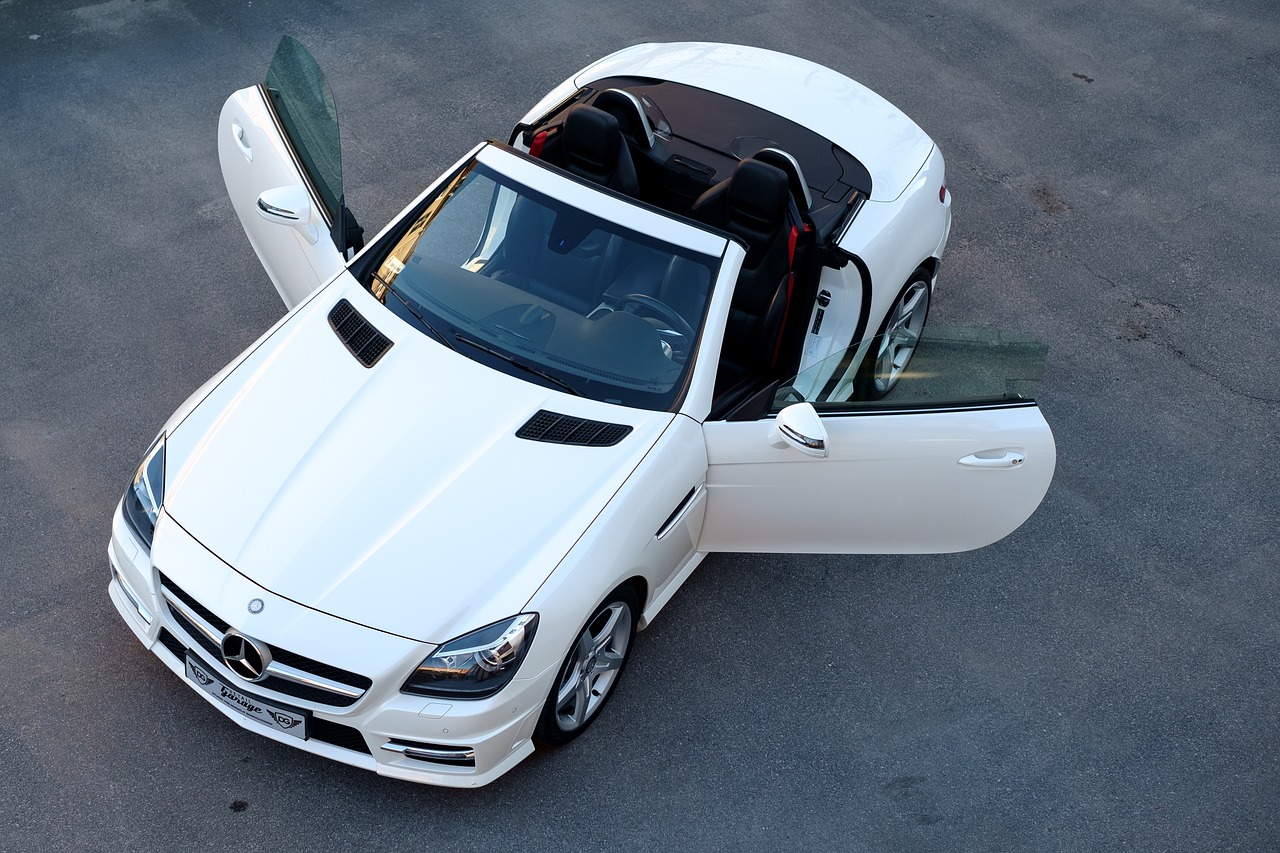Exploring the Role of Emotional Design in Automotive Interiors
Emotional design plays a significant role in shaping the overall experience of an automotive interior. The way a car cabin is designed can evoke feelings of comfort, luxury, excitement, or nostalgia, contributing to the connection that drivers and passengers have with the vehicle. Every element, from the choice of colors and materials to the layout of controls and ambient lighting, can impact the emotional response of individuals as they interact with the space.
When done successfully, emotional design can create a harmonious and inviting environment that enhances the overall driving experience. It can trigger positive emotions, such as joy and satisfaction, which can lead to increased brand loyalty and customer satisfaction. By paying attention to the emotional aspects of design, automakers can differentiate their products in a competitive market, resonating with consumers on a deeper level than just the functional aspects of a vehicle.
Understanding the Psychology Behind Emotional Design
Emotional design in automotive interiors serves to create a connection between the driver and the vehicle. By incorporating elements that evoke positive emotions, such as comfort, style, and personalization, car manufacturers can enhance the overall driving experience. Psychology plays a crucial role in understanding how different design aspects can influence the emotions and perception of the driver.
When drivers feel emotionally connected to their vehicle, it can lead to increased satisfaction and loyalty. Simple design features, such as the shape of the dashboard, the color scheme, or the texture of the materials used, can evoke feelings of safety, comfort, and joy. By tapping into these psychological cues, automotive designers can create interiors that not only look sleek but also provide a sense of emotional well-being for the driver and passengers.
How Emotional Design Enhances the Driving Experience
Emotional design plays a crucial role in enhancing the overall driving experience for individuals. The aesthetic appeal of an automotive interior can evoke positive emotions in drivers and passengers alike. When car manufacturers incorporate elements like pleasing color schemes, comfortable seating, and user-friendly controls, it creates a more enjoyable and welcoming environment within the vehicle.
Moreover, emotional design can also impact the functionality and performance of a vehicle. By focusing on creating a space that promotes relaxation and comfort, drivers may feel more at ease behind the wheel. This sense of calmness can lead to improved focus and concentration while driving, ultimately enhancing safety on the road. When drivers feel connected to their vehicle on an emotional level, it can heighten their overall satisfaction with the driving experience.
What is emotional design?
Emotional design is a design approach that focuses on creating products or experiences that evoke positive emotions in users. In the context of automotive interiors, emotional design aims to enhance the driving experience by creating spaces that make drivers feel comfortable, safe, and happy.
Why is emotional design important in automotive interiors?
Emotional design is important in automotive interiors because it can significantly impact the overall driving experience. A well-designed interior can make drivers feel more connected to their vehicles, increase their sense of well-being, and even improve their performance on the road.
How does emotional design enhance the driving experience?
Emotional design enhances the driving experience by creating a more engaging and enjoyable environment for drivers. By incorporating elements such as comfortable seating, intuitive controls, and pleasing aesthetics, automotive interiors can make drivers feel more relaxed, focused, and in control behind the wheel.
What are some examples of emotional design in automotive interiors?
Some examples of emotional design in automotive interiors include ambient lighting that changes based on driving mode, seats that automatically adjust to the driver’s body, and intuitive infotainment systems that respond to voice commands. These features are designed to enhance the driving experience and make drivers feel more connected to their vehicles.
How can car manufacturers incorporate emotional design into their vehicles?
Car manufacturers can incorporate emotional design into their vehicles by conducting research on consumer preferences and behaviors, collaborating with designers and psychologists to understand the emotional impact of different design elements, and testing prototypes with real drivers to gather feedback on their emotional responses. By taking a holistic approach to design, manufacturers can create automotive interiors that truly enhance the driving experience.





